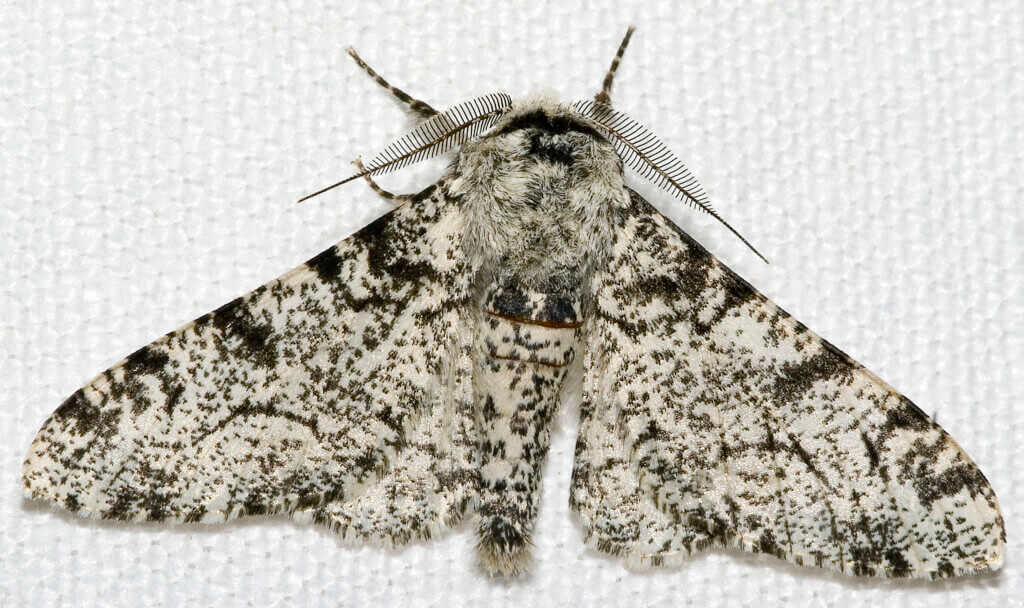Evolution is when animals that adapt to their environment survive, whilst those that don’t eventually die out. These changes are usually changes in the DNA that happen over several generations. This can only happen if there is genetic variation within a species.
Natural selection
Natural selection is what scientist Charles Darwin thought caused evolution. Some animals in a species will be physically different. Those who can survive (find food, avoid predators etc.) are more likely to have children, who will have similar genes to their parents, and so on.
Over time, those within a species without the characteristic needed to survive would eventually die out, as they would be less likely to reproduce. An example of natural selection in action would be the peppered moth.
The peppered moth
The peppered moth is a key example of evolution. Before the mid-1700s, the peppered moth was a pale-white with black spots. It helped them blend in with pale-white bark found on birch trees. A relative of the white peppered moth, who was dark with white spots, was rarer as they could be seen easily. Therefore, predators were more likely to spot and eat them.

But this changed at the peak of the Industrial Revolution. The soot changed the colour of buildings and trees to a dark grey, black colour. This meant the darker peppered moths were now less likely to be seen, and eaten. However, it’s pale-white relative would now be more visible to predators and would get rarer over time.
